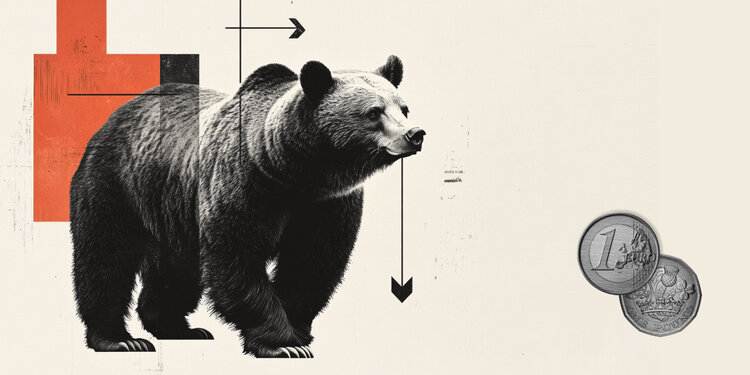On Monday, Reserve Bank of Australia (RBA) Deputy Governor Andrew Hauser spoke at the Economic Society of Australia’s Business Luncheon in Brisbane.
Key quotes
Economic forecasts are subject to great uncertainty.
Assume persistent inflation due to weaker supply and labor market rigidity.
But spare capacity could be much larger or much smaller than we assume.
Assume that unemployment will rise only slowly, but there is a risk of a faster rise.
Assume that household consumption will increase in line with real income.
There is a risk that consumption could rise more strongly, partly due to rising wealth.
It is uncertain to what extent and how quickly the savings rate could increase.
Market reaction
The AUD/USD is holding on to moderate gains following these earlier comments. The pair is currently trading 0.20% higher on the day at 0.6585.
The RBA FAQs
The Reserve Bank of Australia (RBA) sets interest rates and manages Australia’s monetary policy. Decisions are made by a Board of Governors at 11 meetings per year and at ad hoc emergency meetings as necessary. The RBA’s primary mandate is to maintain price stability, which means an inflation rate of 2%-3%, but also to “…contribute to currency stability, full employment and the economic prosperity and well-being of the Australian people.” Its main tool for achieving this is to raise or lower interest rates. Relatively high interest rates will strengthen the Australian Dollar (AUD) and vice versa. Other tools of the RBA are quantitative easing and monetary tightening.
Although inflation has traditionally always been considered a negative factor for currencies, as it reduces the value of money in general, the opposite has actually occurred in modern times with the relaxation of cross-border capital controls. Moderately high inflation now tends to lead central banks to raise their interest rates, which in turn has the effect of attracting more capital inflows from global investors looking for a lucrative place to store their money. This increases the demand for the local currency, which in Australia’s case is the Australian dollar.
Macroeconomic data gauges the health of an economy and can impact the value of its currency. Investors prefer to invest their capital in safe, growing economies rather than in weak, shrinking ones. Greater capital inflows boost aggregate demand and the value of the domestic currency. Classic indicators such as GDP, manufacturing and services PMIs, employment and consumer sentiment surveys can influence the AUD. A strong economy may encourage the Reserve Bank of Australia to raise interest rates, also supporting the AUD.
Quantitative Easing (QE) is a tool used in extreme situations where lowering interest rates is not enough to restore the flow of credit in the economy. QE is the process by which the Reserve Bank of Australia (RBA) prints Australian Dollars (AUD) in order to purchase assets – usually government or corporate bonds – from financial institutions, thereby providing them with much-needed liquidity. QE usually results in a weaker AUD.
Quantitative tightening (QT) is the reverse of QE. It is carried out after QE, when the economic recovery is underway and inflation is starting to rise. While in QE the Reserve Bank of Australia (RBA) buys government and corporate bonds from financial institutions to provide them with liquidity, in QT the RBA stops buying more assets and stops reinvesting the maturing principal of the bonds it already owns. This would be positive (or bullish) for the Australian dollar.
Source: Fx Street
I am Joshua Winder, a senior-level journalist and editor at World Stock Market. I specialize in covering news related to the stock market and economic trends. With more than 8 years of experience in this field, I have become an expert in financial reporting.







